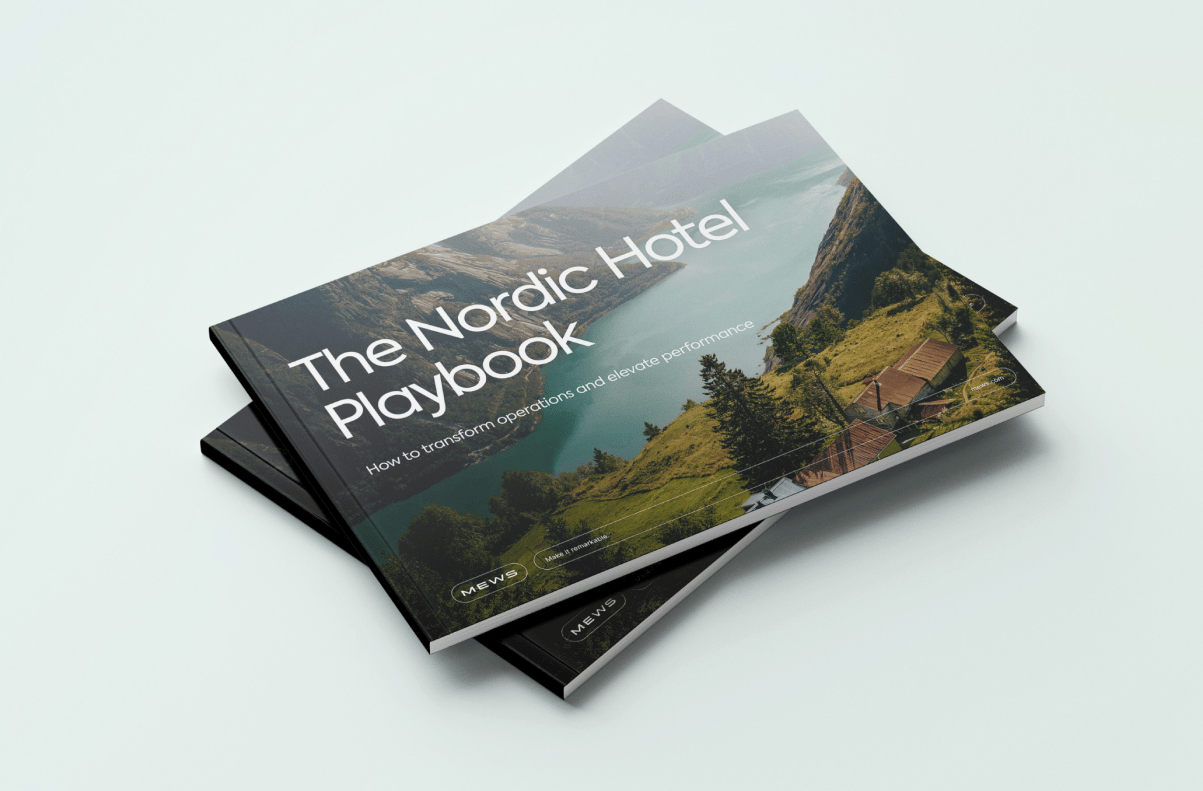Table of contents
Hostel occupancy rates are one of the main concerns of hostel owners because they directly show how well a hostel is performing. During the low season, hostels search for ways to boost occupancy to ensure profitability. While a 100% occupancy rate would be ideal, the actual number depends on the number of beds, location, target audience and more.
This is why you must understand your hostel’s target occupancy rate – to have a KPI to work towards. We’ll show you strategies for improving the hostel occupancy rate and help you understand the role of this KPI in the hostel industry.
| Table of contents |
Understanding the role of occupancy rates in the hostel industry
Occupancy rates help hostel managers and owners understand the percentage of rooms occupied, which shows if the hostel is profitable at any given time. One of the main goals of revenue management is to achieve an ideal level of occupancy, driving profitability and revenue per available room.
And while hostel occupancy is an essential revenue metric, it's not the only one. To get a complete picture, you should also look at ADR, RevPAR, TrevPAR and GOPPAR.
How to improve your hostel occupancy rate?
There's no magic number for ideal hotel occupancy rates – it all depends on location, hostel service level, competition, customer segmentation and demand. Improving rates, however, is under your control. First, spend some time on daily forecasting to better understand demand, then compare it against your hostel's comp set and performance over the same period.
Once you understand these numbers, you can use the following strategies to boost bookings and improve the occupancy rate.
Optimize your website
Your digital presence can drive the desired user behavior. A website optimized for conversions via direct bookings reduces your reliance on third parties. Make it easy for your guests to book directly in a few clicks, wherever and whenever they want to. You can do this by using search engine optimization (SEO), leveraging reviews, having an attractive website and implementing a booking engine.
Your website should have various conversion points. Use your website as a portfolio, making your property irresistible with the help of social proof and closely targeted keywords, which ensure that the visitors find what they’re looking for. Another good idea is to add a FAQ page and a chatbot for guests who need quick answers.
Leverage content marketing
Content marketing goes hand in hand with SEO efforts and demand generation. It should be based on high-quality content that answers commonly searched questions and queries. This helps your property reach a better organic position on search engines, making direct bookings easier.
Create informative content about travel tips and top destinations to drive traffic to your website. The more relevant the content, the more likely it is to convert those visits into bookings.
Don’t neglect social media
Social media is another marketing tool that can do wonders for increasing bookings and sales. Market your hostel as the “place to be” through social media, using attractive pictures that encourage people to want to stay at your property. This brings us to our next point about influencers.
Invite influencers
Leverage influencer marketing to drive demand – they can positively affect guest behavior. Working with influencers is becoming a “must” to spread your message and reach a larger audience. Find out how social media can boost bookings and influence travelers.
Create partnerships
You can invite influencers to become your brand ambassadors or build a network with other hostels. If your hostel is on a popular touristic route, you could consider partnering up with other hostels, offering mutual discounts if you book at both properties. This can increase occupancy rates and ensure bookings with little added investment of time and money.
Be aware of market trends
Improving occupancy rates starts with being aware of market trends and events. Think about which days of the week, months, or seasons can be a place for growth and leverage events and fluctuations in demand to drive bookings. There's usually a set of factors affecting demand, so understand the peaks and lulls to adopt the right strategies at the right time.
Design competitive offers
Competitive offers are another way to boost occupancy. Although package deals are rare in hostels, you can attract guests through unique offers. Here are some ideas: activity discounts, tours and events at the property (beer tastings, live music and pub quizzes). If you plan them close together, you might even be able to entice guests to stay longer.
Entice your guests to stay longer
Whether through back-to-back events or better prices on prolonged stays, giving guests a reason to stay longer is one of the top tactics for boosting occupancy. You’ve done half the work by bringing guests to your property, so why not try to make them stay a little longer?
Improve pricing strategies
There's a plethora of pricing strategies that can help you increase your occupancy rate without lowering prices. Dynamic pricing uses odd numbers instead of round numbers to price your beds. You can also offer upgrades such as ensuite or fewer beds per room and give group discounts to boost occupancy.
Sell the location
Destination marketing is underestimated. Your hostel's location is paramount because it will affect seasonality and demand throughout the year. Selling the destination in all your content marketing efforts can help boost occupancy, especially if your hostel is in an area with a good climate year-round.
Conclusion
We’ve looked at the top strategies for boosting hostel occupancy rates. A combination of different tactics can ensure maximum occupancy and profitability throughout the year. Your job is to understand your target audience and comp set so that you can better forecast demand. Then, you can decide which strategy to use at what time of the year.

Author
Eva Lacalle
Eva has over a decade of international experience in marketing, communication, events and digital marketing. When she's not at work, she's probably surfing, dancing, or exploring the world.
Hospitality hot takes straight to your inbox
Sign up to our monthly newsletter for industry insights, product news, partner updates and more.

The Nordic Hotel Playbook
Download now


.webp)